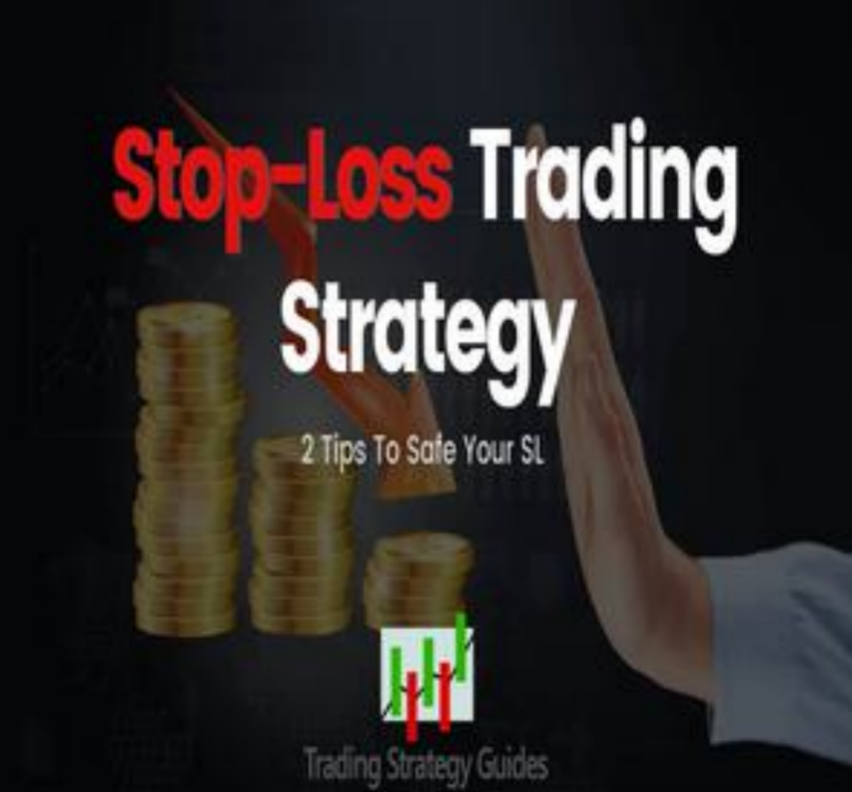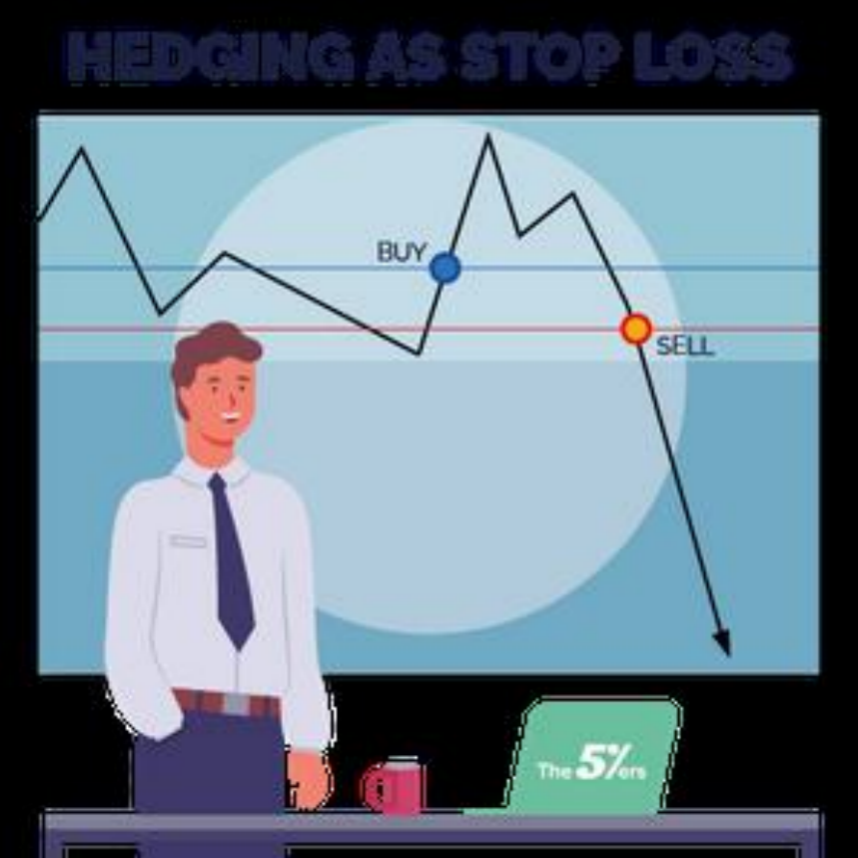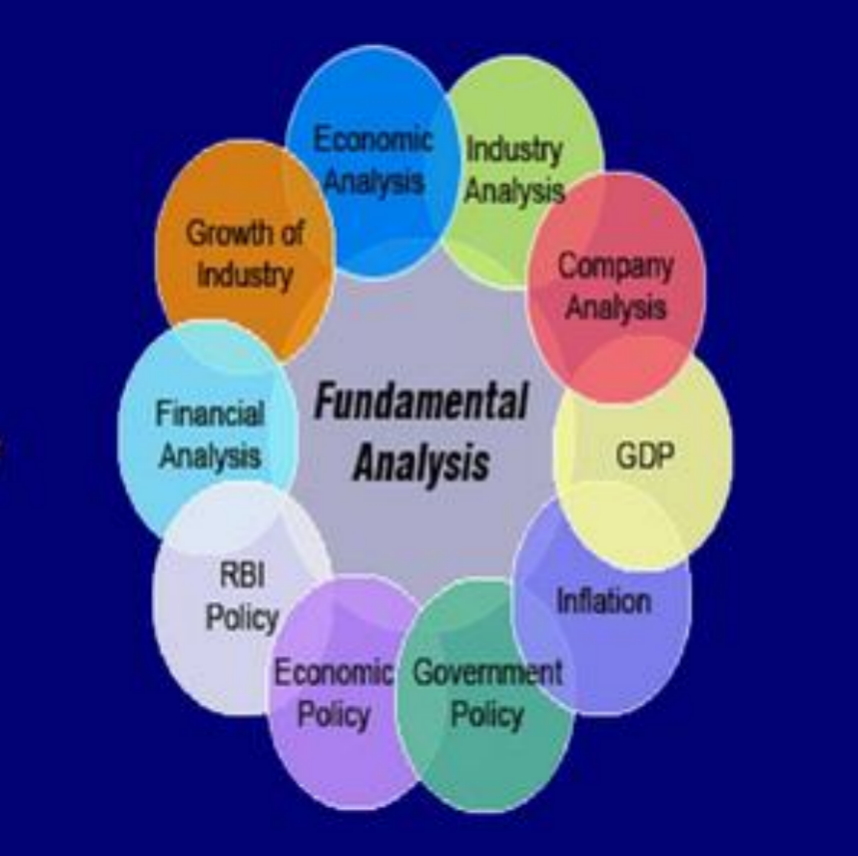In the competitive world of stock trading, rich investors also face the risk of losing money. Many are aware of the "stop-loss line," yet figuring out how to set it correctly can be challenging. For high-net-worth individuals, where every trade can involve large amounts of money, learning effective stop-loss strategies is crucial—not only to avoid losses but also to safeguard their funds and enhance their wealth over time. We will now look at some advanced methods that extend past the basics.

The Psychology Behind Stop - Loss
Conventional financial advice often suggests setting stop-loss orders based on specific percentage levels. However, human emotions have a significant influence on trading choices. Research in behavioral finance indicates that investors frequently demonstrate a tendency known as "loss aversion." This means they tend to feel the hurt from losses much more intensely than the pleasure derived from gains. Such a psychological bias may lead traders to cling to poor-performing stocks, wishing for their value to bounce back.Wealthy investors can address this issue by applying "mental accounting" methods. Instead of viewing each stock as a separate investment, it can be useful to consider how it adds to the total risk of your portfolio.For instance, if a high-growth tech stock incurs a loss, it may be more acceptable if it fits within the long-term goals of your portfolio, allowing for a more adaptable approach to stop-loss orders.

Advanced Stop - Loss Models
Instead of depending only on stop-losses that are based on percentages, experienced investors are beginning to utilize quantitative models. For example, stop-losses based on volatility change the limits based on how much a stock's price has varied historically. By implementing tools like the Average True Range (ATR), traders can create flexible stop-losses that reflect market fluctuations. In times of high market volatility, the stop-loss may be set further apart to prevent early selling triggered by temporary price changes. Another cutting-edge method involves machine-learning algorithms, which sift through large sets of market information, including news sentiment, trends on social media, and insider trading activities, to determine the best stop-loss points in real time.
The Role of Fundamental Analysis
It’s important not to separate stop-loss settings from fundamental analysis. For wealthy investors, grasping a company's financial health is key to making well-informed stop-loss choices. Rather than setting a stop-loss at a fixed price, think about using important financial metrics to set your limits. For example, if a company's earnings per share (EPS) fall short of what was predicted, it might result in a significant sell-off. This method connects the stop-loss to the company's long-term stability instead of just reacting to short-term market trends. Moreover, keeping an eye on broader economic factors, like changes in interest rates and global political events, can help you adjust stop-loss levels for stocks that are affected by these outside influences.

Trailing Stop - Losses: A Dynamic Approach
A trailing stop-loss is a valuable tool that helps secure profits while still offering opportunities for gains. In contrast to fixed stop-losses, trailing stop-losses adjust as the stock price increases. For instance, if you establish a 10% trailing stop-loss on a stock that has gained 20%, the stop-loss will rise along with the stock price, protecting at least 10% of your profits. Traders with significant resources can further tailor this approach by selecting different trailing percentages. For stocks that fluctuate more, a broader trailing range may be suitable, whereas more stable blue-chip stocks might require a tighter range. This adaptable approach finds a middle ground between gains and risks, making it an excellent option for those investors wishing to stay engaged in the market while minimizing possible losses.
Integrating Stop - Losses with Portfolio Management
Including stop-loss strategies is essential for effective portfolio management. Wealthy individuals often maintain diverse portfolios that span multiple asset classes. When determining stop-loss levels for stocks, it is crucial to assess how these stocks relate to other investments. For instance, if a significant portion of your portfolio consists of bonds that usually provide stability during market declines, you may feel more comfortable accepting temporary losses in stocks. Furthermore, combining stop-loss orders with options strategies can enhance your protection. Purchasing put options, for example, can serve as a form of insurance, capping losses that exceed the stop-loss threshold if a market crash occurs.
In the intricate realm of stock trading, establishing effective stop-loss points blends both scientific and artistic approaches. By leveraging psychological factors, sophisticated quantitative models, fundamental analysis, and a broader view of their portfolio, high-net-worth investors can elevate stop-loss mechanisms from merely a risk management measure to a robust strategy for safeguarding and growing their wealth.

Parent’s Guide to or How to Teach Children about Money

Bali's Million-Dollar Digital Nomad Formula

Financial FOMO: Overcoming Social Comparison and Building Sustainable Wealth

How Should Retired Investors Respond to a Volatile Market

Conquering Middle-Class Anxiety: Three Steps to Rebuild Financial Security

Before making a signed loan, you need to know

Why are index funds appropriate for a new investor?
